Home>Construction & Tools>Building Materials>How Long To Heat Up A Brick Oven
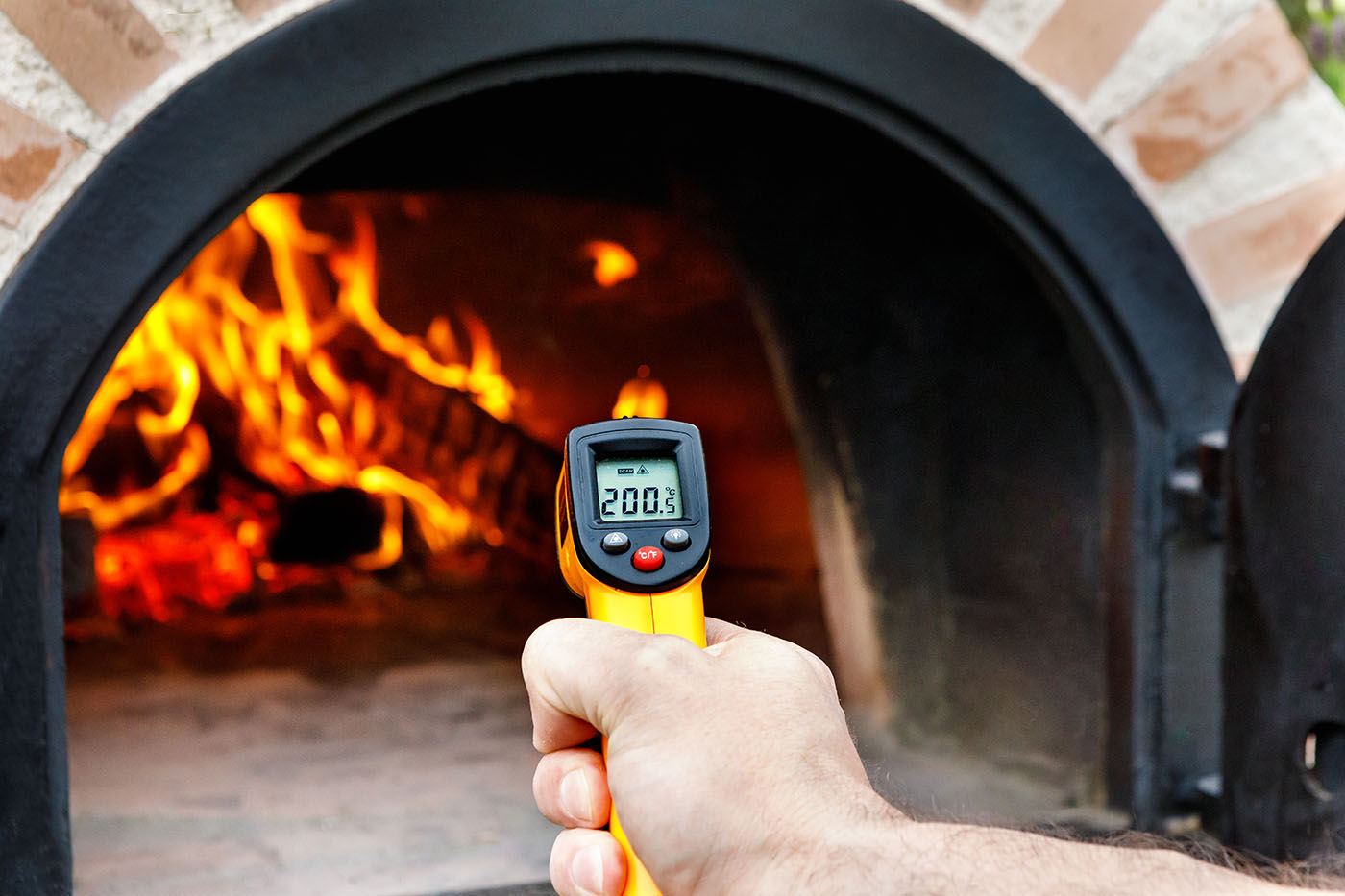

Building Materials
How Long To Heat Up A Brick Oven
Modified: January 23, 2024
Learn how to heat up a brick oven efficiently with the right building materials. Discover the ideal timing and techniques for optimal results.
(Many of the links in this article redirect to a specific reviewed product. Your purchase of these products through affiliate links helps to generate commission for Storables.com, at no extra cost. Learn more)
Introduction
When it comes to the art of crafting delectable, wood-fired pizzas or mouthwatering artisanal breads, a brick oven stands as the undisputed champion. The process of heating up a brick oven is a crucial step that significantly impacts the outcome of the culinary creations. Understanding the factors influencing the heating time, the preheating techniques, and the ideal heating duration is essential for mastering the art of brick oven cooking.
Heating a brick oven is not merely a matter of flicking a switch and waiting for a predetermined time. It involves a harmonious interplay of various elements, including the type of fuel used, the design and insulation of the oven, and the ambient temperature. Each of these factors contributes to the unique personality of the brick oven and influences the time required to reach the optimal cooking temperature.
In this comprehensive guide, we will delve into the intricate details of heating a brick oven, exploring the diverse factors that impact the heating time and the best practices for preheating. By the end of this journey, you will have gained a profound understanding of the nuances involved in heating a brick oven, empowering you to unleash your culinary creativity with confidence and finesse. So, let's embark on this flavorful adventure and unravel the secrets of perfecting the art of brick oven cooking.
Key Takeaways:
- Mastering the art of heating a brick oven involves understanding factors like fuel type, oven design, and ambient temperature, and following best practices for preheating to achieve exceptional culinary results.
- Determining the ideal heating time for a brick oven requires considering culinary requirements, observing temperature equilibrium, conducting temperature tests, and embracing experience and iterative refinement to unleash the oven’s full potential.
Read more: How Long For A Pizza Oven To Heat Up
Factors Affecting Heating Time
The time required to heat a brick oven to the optimal cooking temperature is influenced by a myriad of factors, each playing a crucial role in the overall heating process. Understanding these factors is essential for mastering the art of brick oven cooking and ensuring consistent and delectable results.
1. Type of Fuel: The type of fuel used to heat the brick oven significantly impacts the heating time. Wood-fired brick ovens, for instance, require a longer preheating duration compared to gas or electric ovens due to the time needed to establish and maintain a steady wood-fueled fire.
2. Oven Design and Insulation: The design and insulation of the brick oven play a pivotal role in determining the heating time. Well-insulated ovens with a superior heat retention capacity generally require a shorter preheating period, as they can efficiently trap and distribute heat throughout the cooking chamber.
3. Ambient Temperature: The external temperature and weather conditions can impact the heating time of a brick oven. In colder climates, the oven may take longer to reach the desired temperature, while in warmer environments, the heating process may be expedited.
4. Initial Oven Temperature: The starting temperature of the oven, especially if it has been previously used, can affect the time required to reach the optimal cooking heat. A cold oven will naturally take longer to preheat than one that has residual heat from prior use.
5. Oven Size and Material: The size and material composition of the oven also contribute to the heating time. Larger ovens necessitate more time to reach the desired temperature, while the material used in construction, such as refractory bricks or clay, can impact heat retention and distribution.
By comprehending the interplay of these factors, aspiring brick oven enthusiasts can tailor their preheating approach to suit the unique characteristics of their oven, ultimately optimizing the heating time for exceptional culinary results. Now that we understand the factors influencing the heating time, let’s explore the best practices for preheating a brick oven.
Preheating a Brick Oven
Preheating a brick oven is a ritual that demands patience, precision, and a deep understanding of the oven’s unique characteristics. The preheating process sets the stage for culinary excellence, laying the foundation for the creation of tantalizing dishes with that unmistakable wood-fired flavor. Let’s delve into the best practices for preheating a brick oven, ensuring that it reaches the ideal temperature for a diverse range of culinary endeavors.
1. Building the Fire: For wood-fired brick ovens, the preheating process begins with building a well-structured fire. Start by placing a small pile of kindling or fire starters in the center of the oven floor, gradually adding larger pieces of wood in a crisscross pattern to establish a robust fire. Maintaining a steady airflow is essential to fuel the flames and initiate the heating process.
2. Monitoring the Fire: As the fire ignites and grows, it is crucial to monitor its progress, ensuring that it continues to burn steadily and evenly. This phase requires attentiveness to the color and behavior of the flames, as well as the development of glowing embers, which indicate the increasing temperature within the oven.
3. Heat Distribution: Throughout the preheating process, the heat must be evenly distributed within the oven chamber to eliminate cold spots and achieve uniform temperature levels. This can be facilitated by strategically positioning the wood and rearranging the embers to promote consistent heat dispersion.
4. Temperature Monitoring: Utilizing a reliable oven thermometer is indispensable for accurately gauging the internal temperature of the brick oven. This allows for precise control over the preheating process, ensuring that the oven reaches the optimal cooking temperature for various culinary endeavors, whether it be blistering pizzas or artisanal breads.
5. Allowing for Equilibration: Once the desired temperature is attained, it is essential to allow the oven to equilibrate, permitting the walls and cooking surface to absorb and radiate heat evenly. This phase is critical for ensuring consistent and predictable cooking results, as the oven becomes a harmonious chamber of radiant heat.
By following these best practices for preheating a brick oven, culinary enthusiasts can embark on a flavorful journey, harnessing the raw power of fire to elevate their culinary creations. The preheating process, when approached with care and attention, sets the stage for a symphony of sizzling flavors and tantalizing aromas. With the oven now preheated to perfection, let’s explore the art of determining the ideal heating time for various culinary pursuits.
Preheat a brick oven for at least 1 hour before use to ensure it reaches the optimal cooking temperature of 700-900°F.
Determining the Ideal Heating Time
The art of determining the ideal heating time for a brick oven is a delicate balance of intuition, experience, and technical precision. Achieving the perfect temperature is paramount for unleashing the full potential of the oven, whether it’s for crafting crispy, blistered pizzas or achieving the ideal crust and crumb structure in artisanal breads. Let’s explore the nuanced process of determining the ideal heating time, a crucial step in the journey towards culinary excellence.
1. Understanding Culinary Requirements: Different culinary endeavors demand varying oven temperatures. For instance, Neapolitan-style pizzas thrive in the intense heat of a 900°F (480°C) oven, while bread baking often calls for slightly lower temperatures, typically around 450-500°F (230-260°C). Understanding the specific heat requirements of the desired dish is fundamental in determining the ideal heating time.
2. Observing Temperature Equilibrium: Once the oven reaches the target temperature, it is essential to observe its ability to maintain this heat consistently. A stable and uniform temperature equilibrium ensures that the oven is ready to accommodate successive batches of culinary creations without significant fluctuations in heat levels.
3. Conducting Temperature Tests: Performing temperature tests at different locations within the oven provides valuable insights into its heat distribution. This can be achieved by using an infrared thermometer or temperature probes to assess the uniformity of heat across the cooking surface and the dome of the oven.
4. Factoring in Cooking Dynamics: The type of dish being prepared and its specific cooking dynamics play a pivotal role in determining the ideal heating time. For instance, a quick-cooking pizza might necessitate a shorter preheating duration, while slow-fermented breads benefit from a more extended heating period to achieve the desired crust and crumb texture.
5. Experience and Iterative Refinement: As with any culinary pursuit, experience and iterative refinement are invaluable assets in honing the skill of determining the ideal heating time. Through repeated practice and observation, individuals can develop an intuitive sense of the oven’s behavior and its response to varying preheating durations, ultimately refining their ability to gauge the perfect heating time.
By embracing these principles and practices, aspiring brick oven aficionados can elevate their culinary prowess, crafting delectable creations with precision and finesse. The mastery of determining the ideal heating time is a transformative journey, unlocking the full potential of the brick oven and paving the way for a symphony of flavors and textures. As we conclude this exploration, it is evident that the art of brick oven cooking is a harmonious blend of technical acumen and culinary creativity, with the ideal heating time serving as the gateway to culinary perfection.
Conclusion
The journey of mastering the art of heating a brick oven is a captivating odyssey that fuses technical expertise with culinary ingenuity. Throughout this exploration, we have delved into the intricate factors influencing heating time, the best practices for preheating, and the nuanced process of determining the ideal heating duration. As we conclude this flavorful expedition, let’s reflect on the essence of brick oven cooking and the transformative power of the preheating ritual.
A brick oven is not merely a cooking apparatus; it is a vessel of tradition, a conduit of flavor, and a catalyst for culinary excellence. The process of heating a brick oven embodies a timeless ritual that connects us with the primal essence of fire, infusing our culinary creations with a depth of flavor and character that transcends the ordinary. The interplay of factors such as fuel type, oven design, and ambient temperature shapes the heating time, underscoring the dynamic nature of brick oven cooking.
Preheating a brick oven is a symphony of precision and patience, requiring a keen understanding of fire dynamics and heat distribution. From building the initial fire to achieving temperature equilibrium, each step in the preheating process contributes to the symphonic crescendo of flavors that will emanate from the oven’s chamber.
Determining the ideal heating time is a delicate dance of science and art, where technical precision harmonizes with culinary intuition. By understanding the heat requirements of diverse dishes, observing temperature equilibrium, and honing one’s experience through iterative refinement, individuals can unlock the full potential of the brick oven, transforming it into a canvas for culinary expression.
As the flames dance within the oven, and the radiant heat permeates its chamber, the art of brick oven cooking comes to life. It is a celebration of tradition, an ode to craftsmanship, and a testament to the transformative power of fire. With the oven preheated to perfection, culinary enthusiasts embark on a flavorful journey, sculpting tantalizing creations that bear the indelible mark of wood-fired mastery.
In the realm of brick oven cooking, the ideal heating time is not merely a technical metric; it is a gateway to a world of sensory delight and gastronomic marvel. It is a testament to the alchemical fusion of heat, tradition, and creativity, encapsulating the essence of culinary artistry. As we bid adieu to this exploration, may the flames of inspiration continue to kindle within, igniting a passion for brick oven cooking that will yield a symphony of delectable masterpieces.
Frequently Asked Questions about How Long To Heat Up A Brick Oven
Was this page helpful?
At Storables.com, we guarantee accurate and reliable information. Our content, validated by Expert Board Contributors, is crafted following stringent Editorial Policies. We're committed to providing you with well-researched, expert-backed insights for all your informational needs.
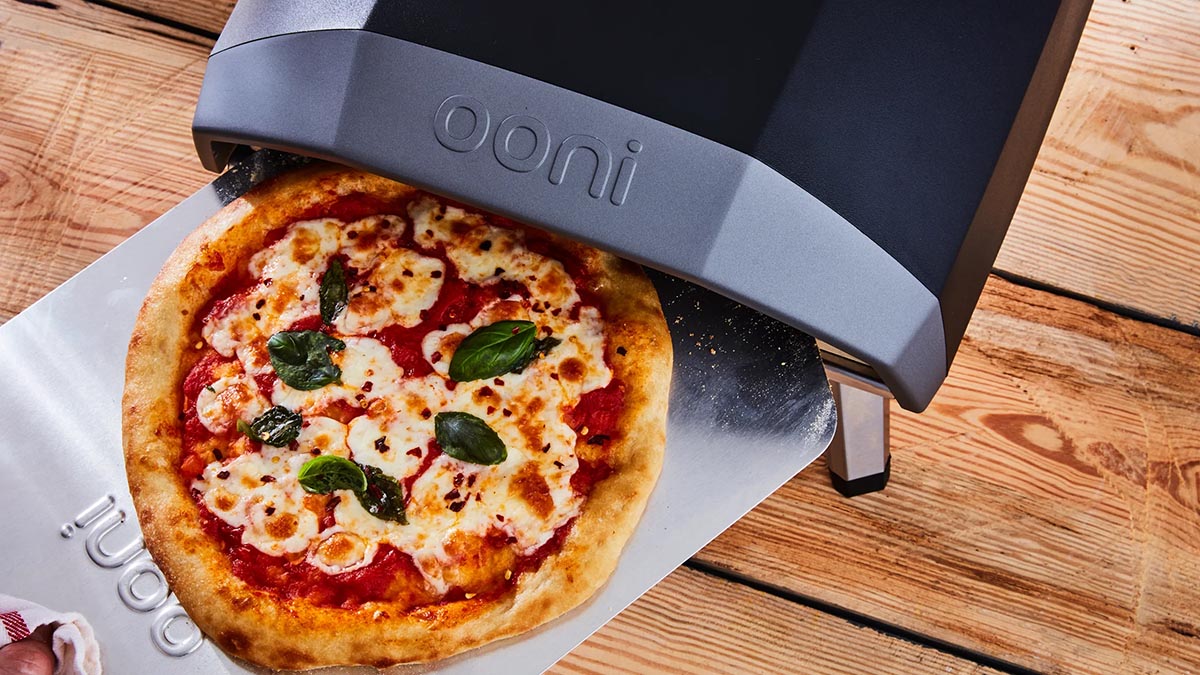
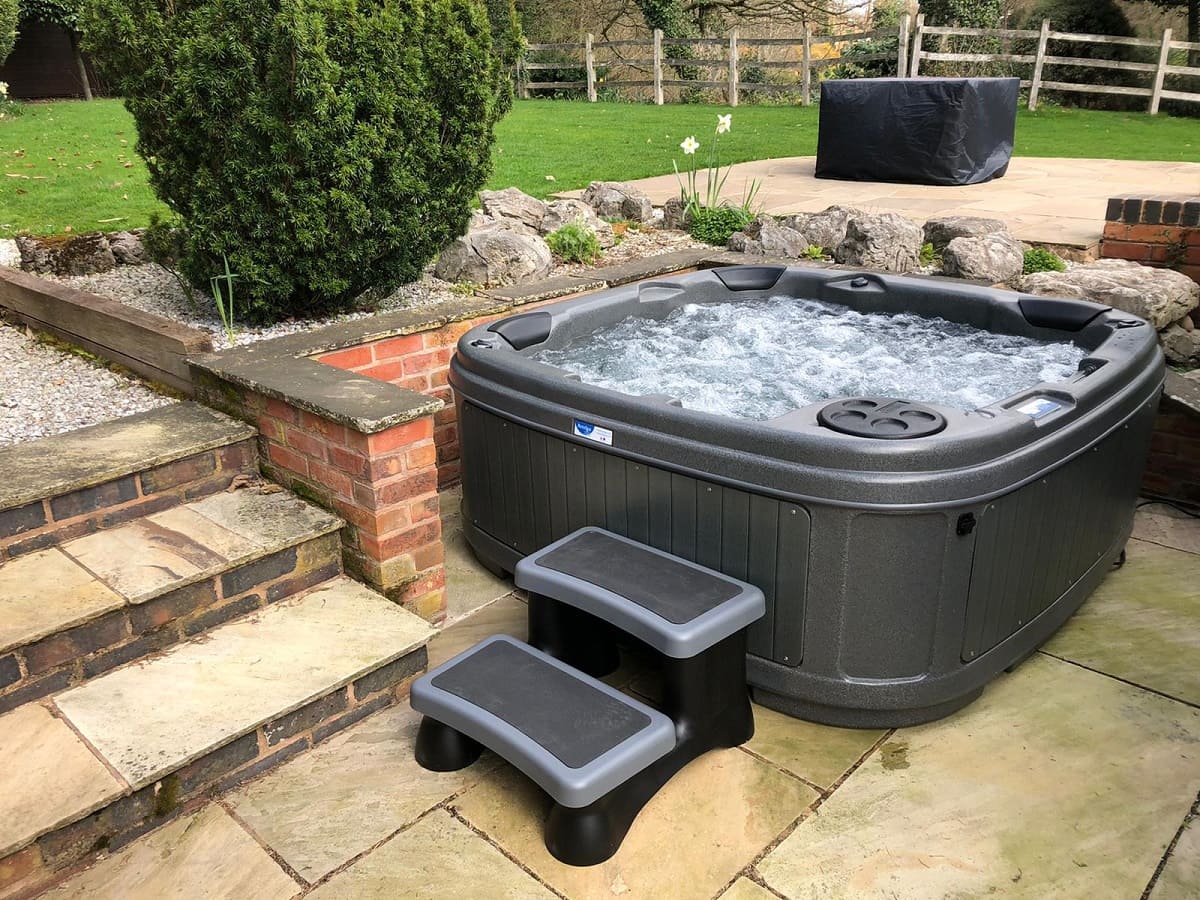
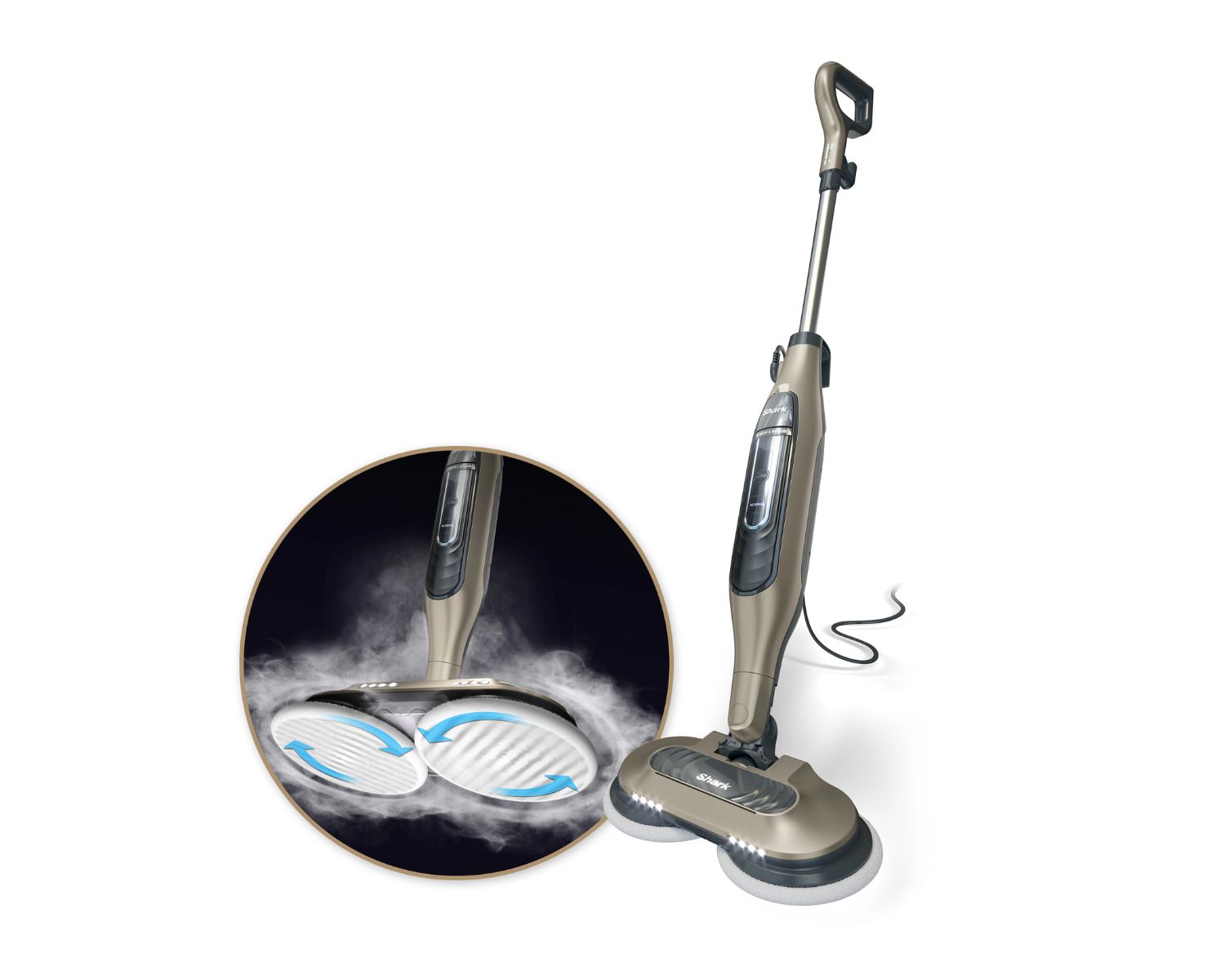
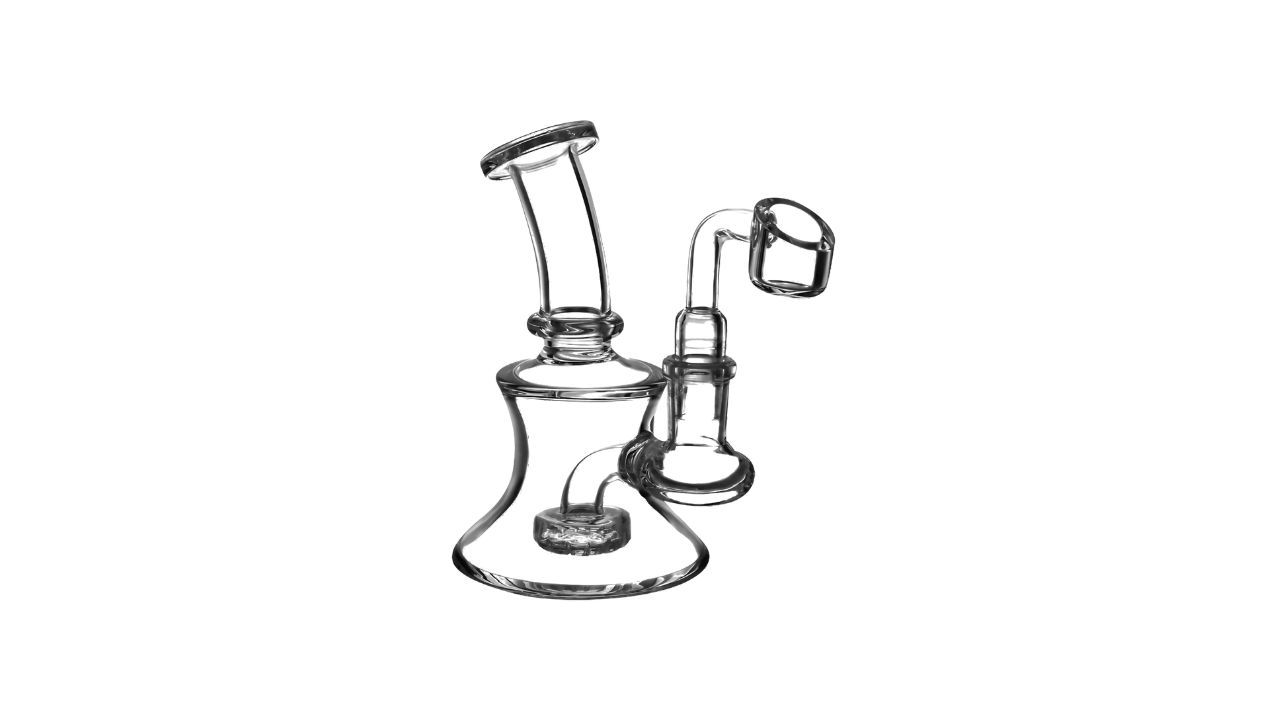
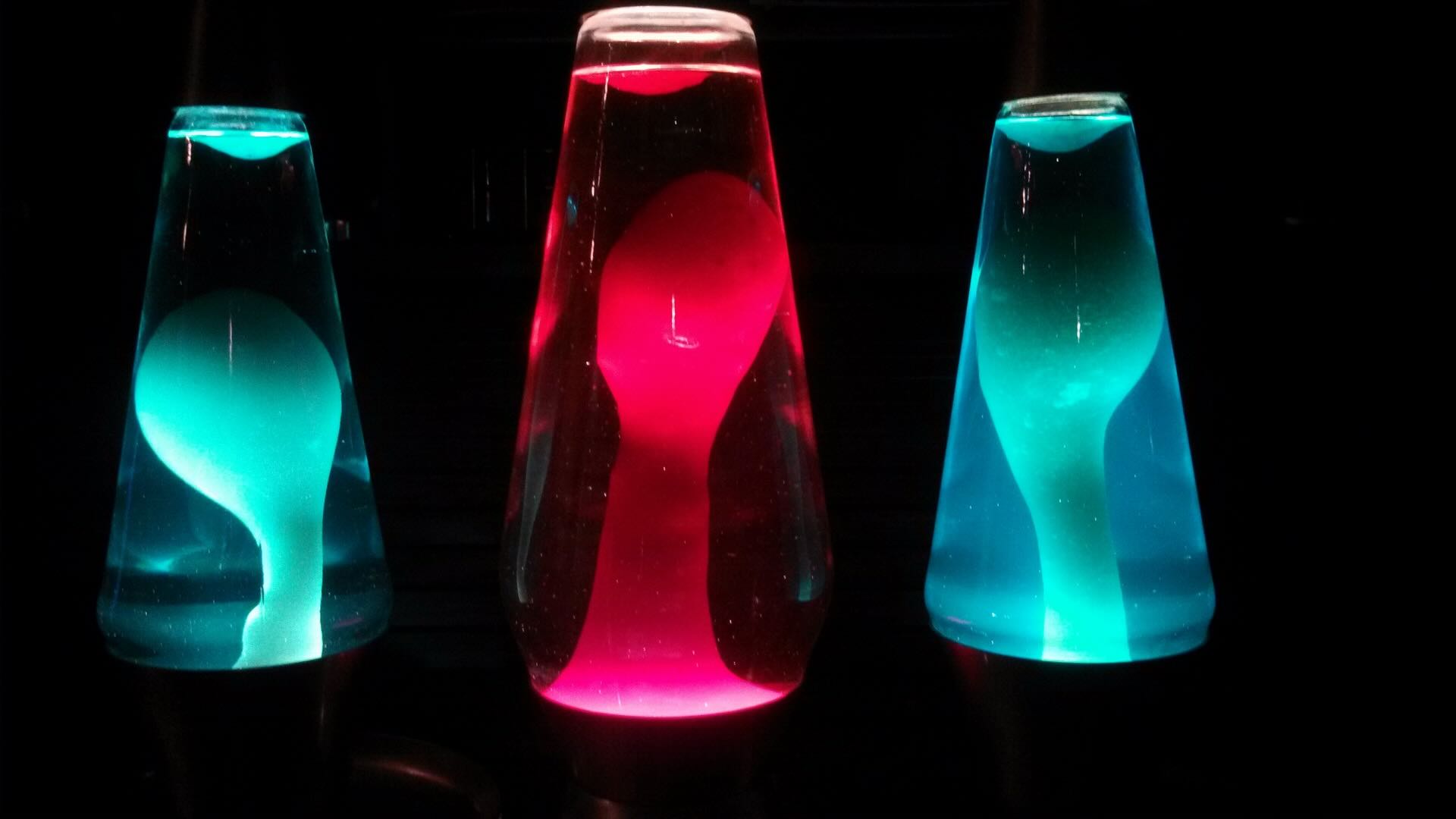


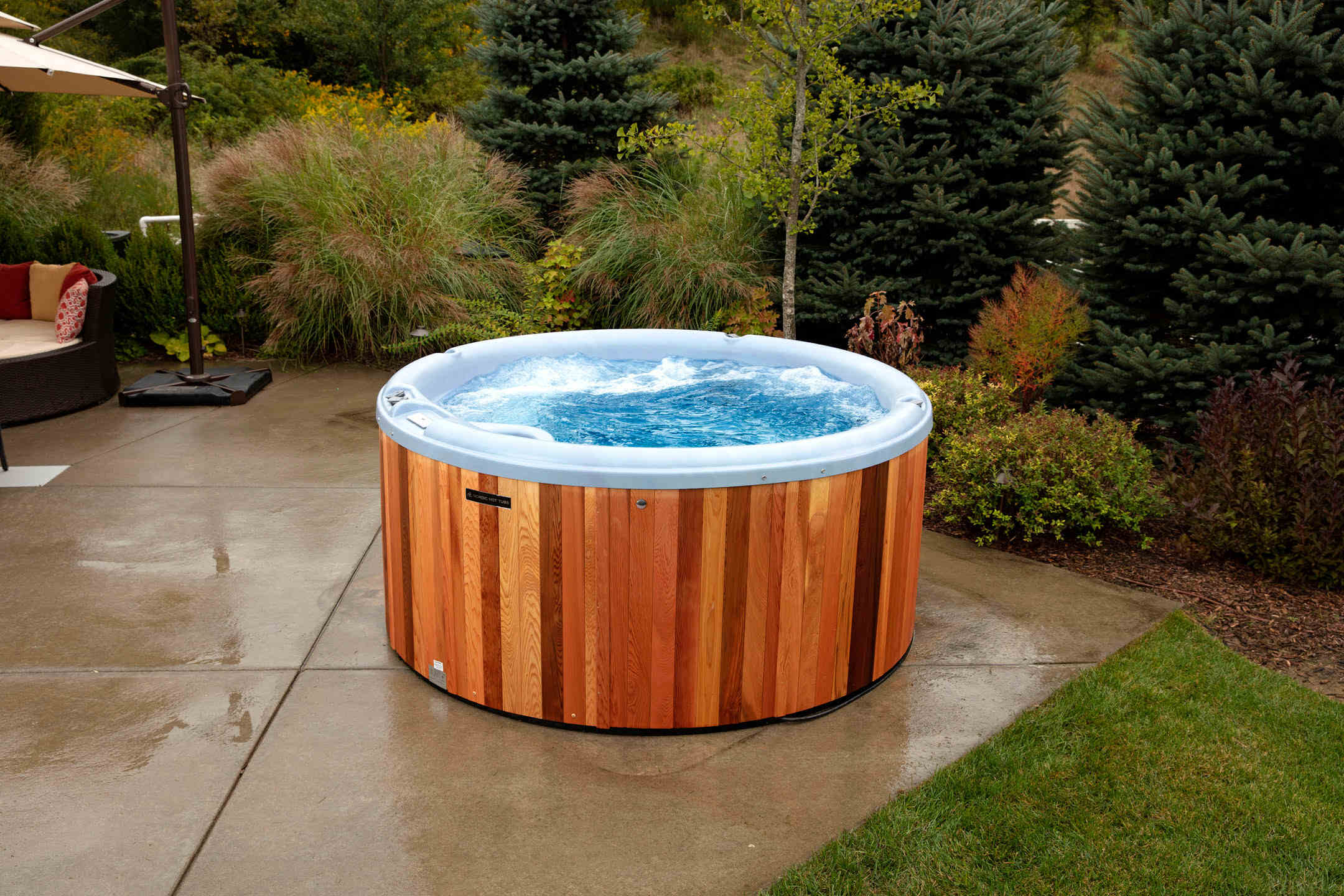
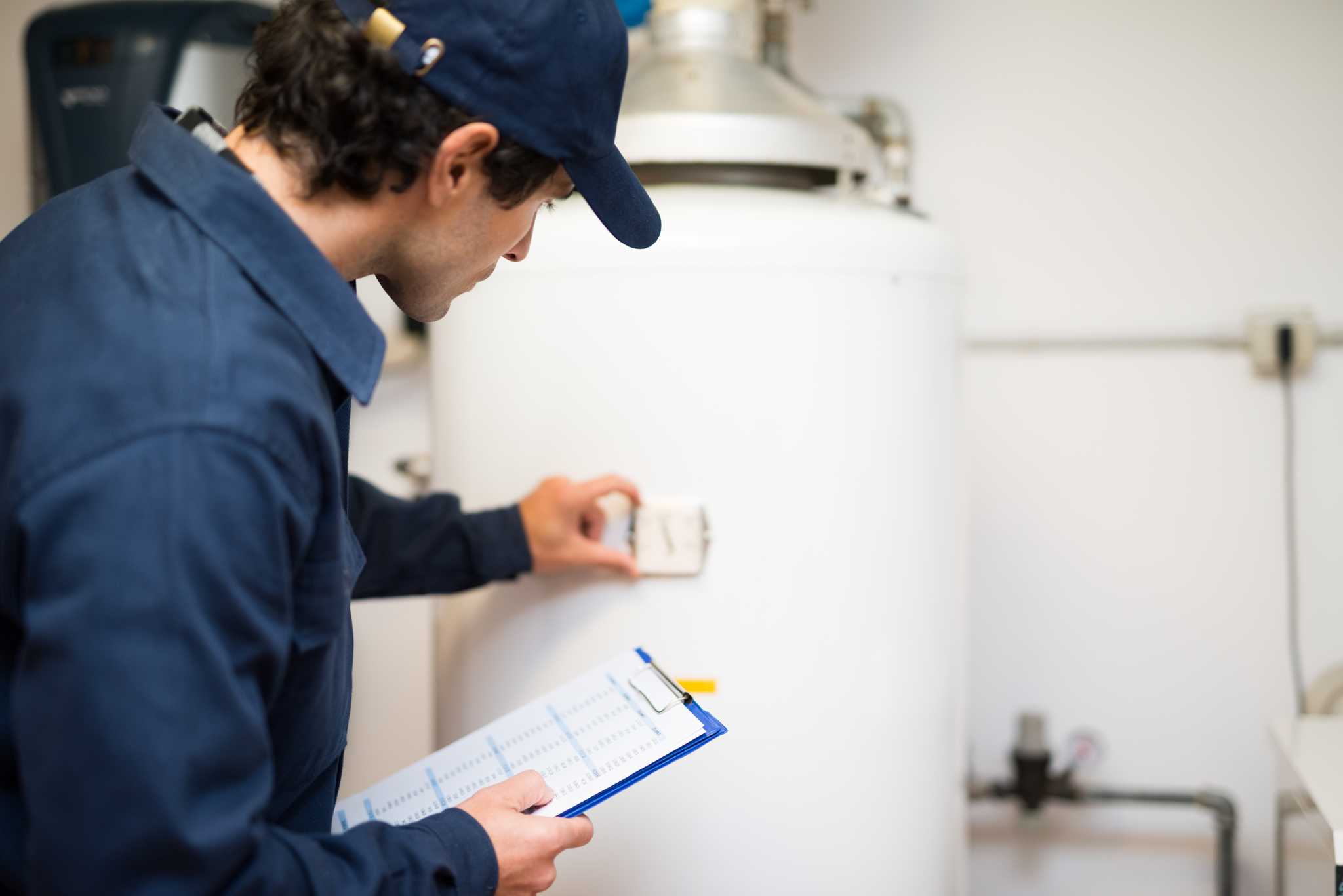
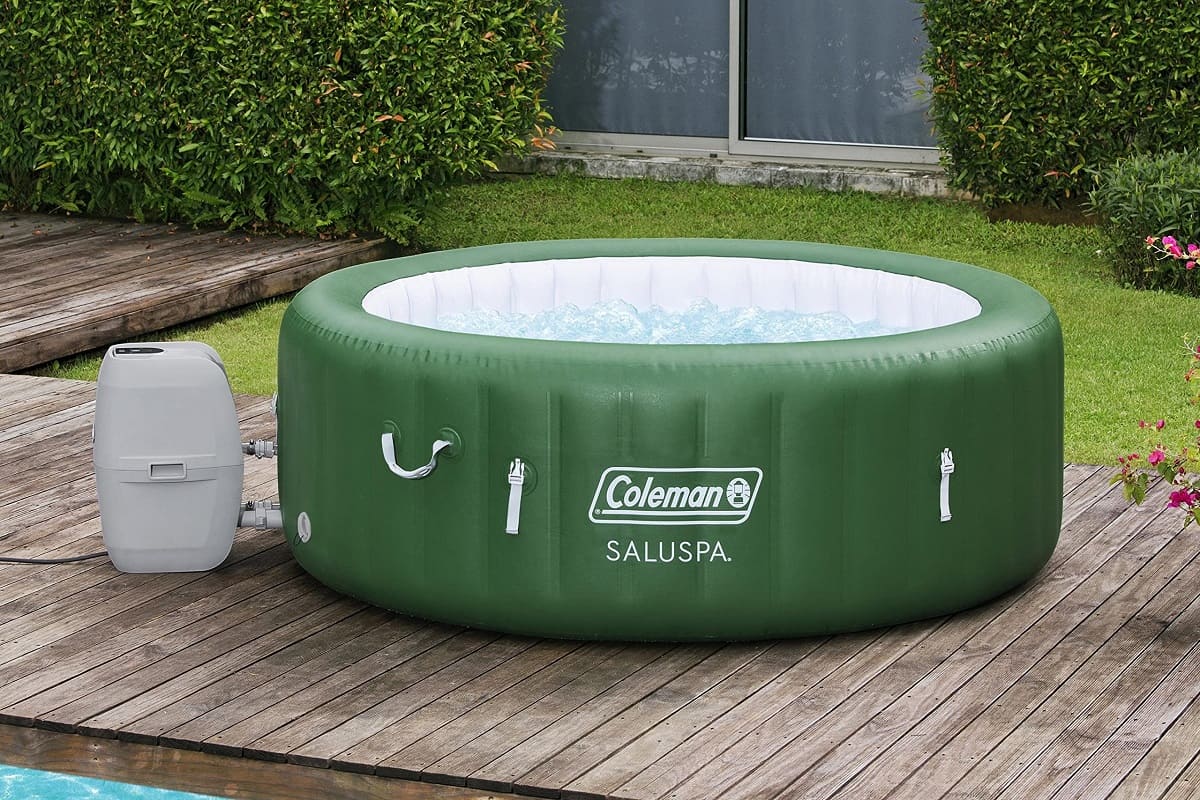
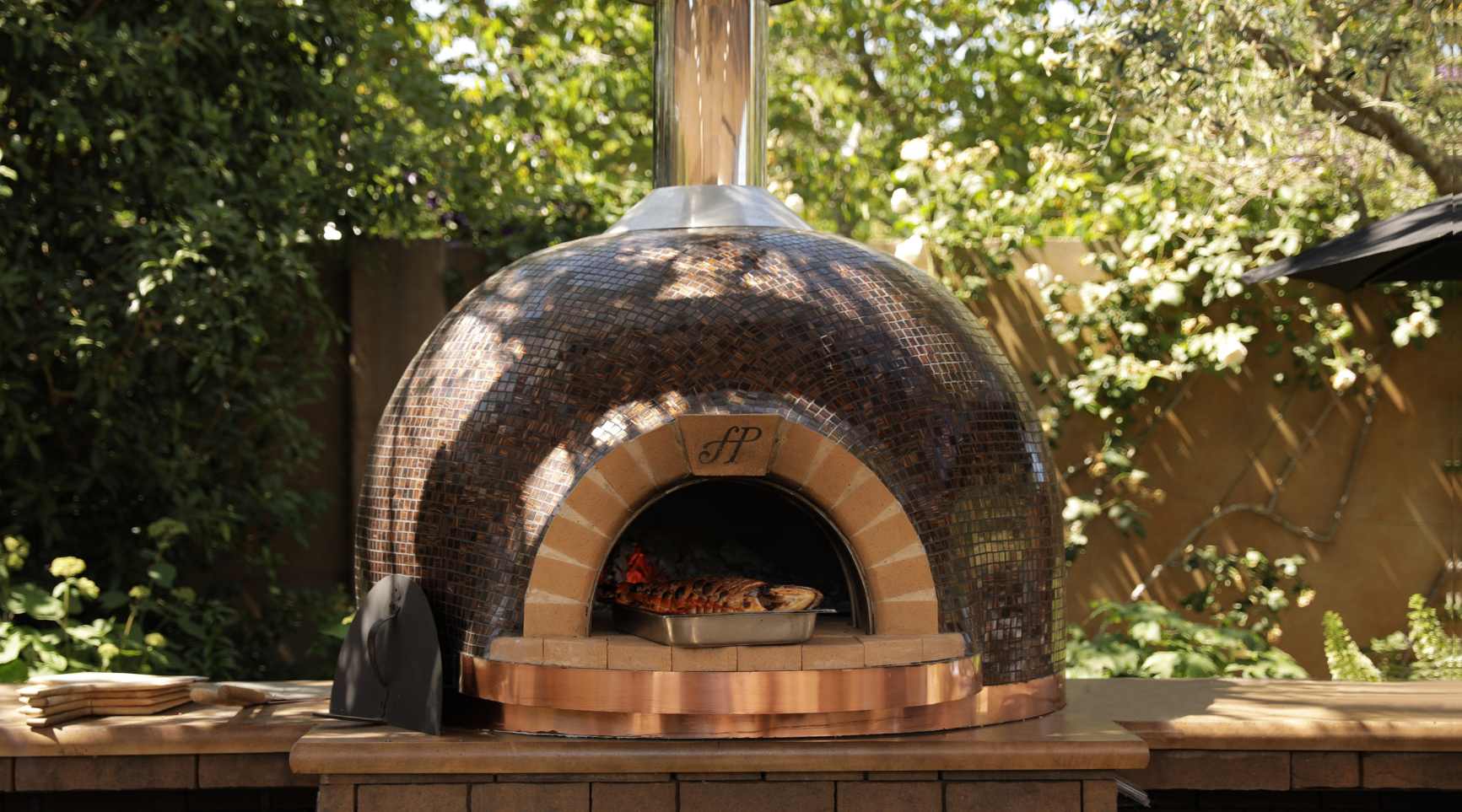
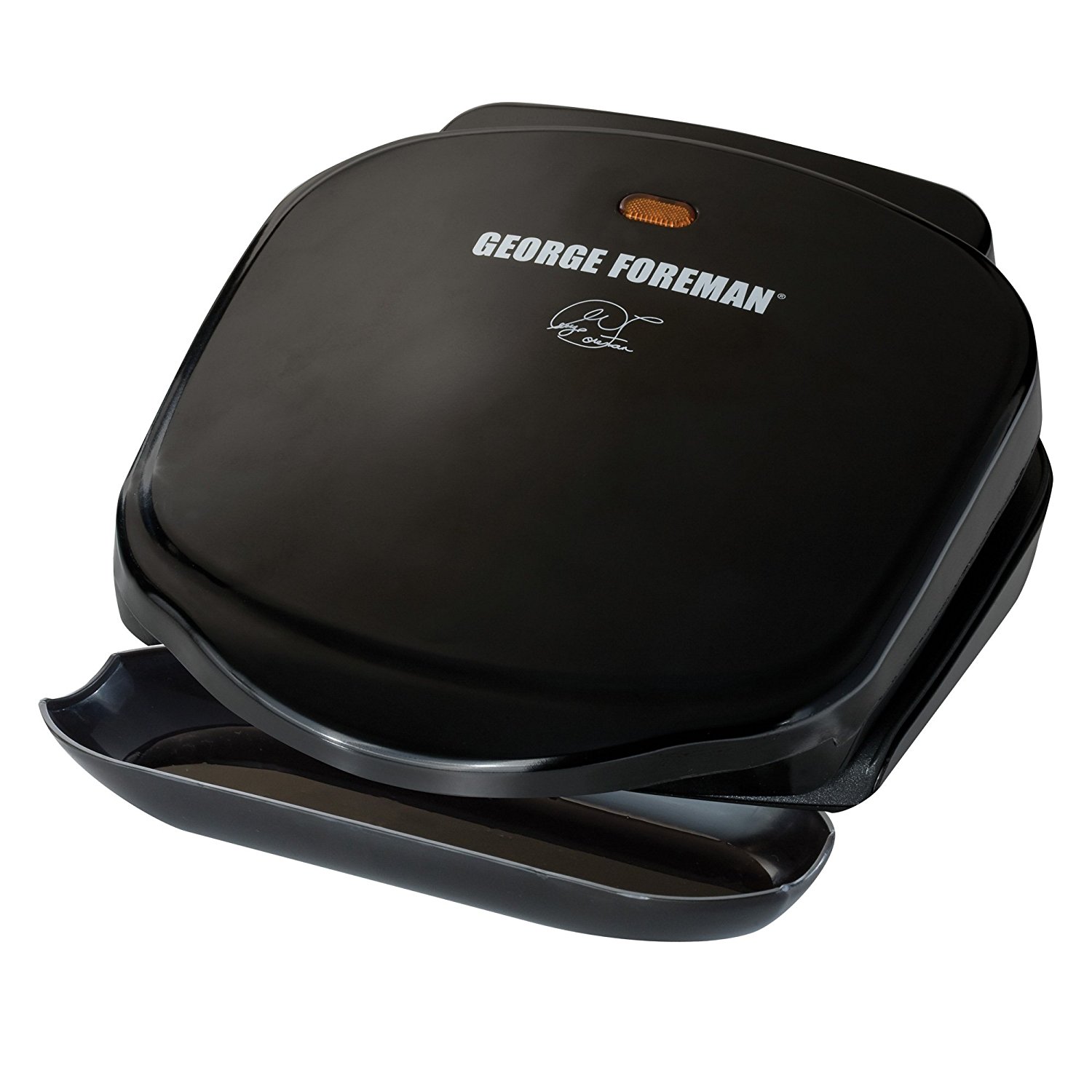
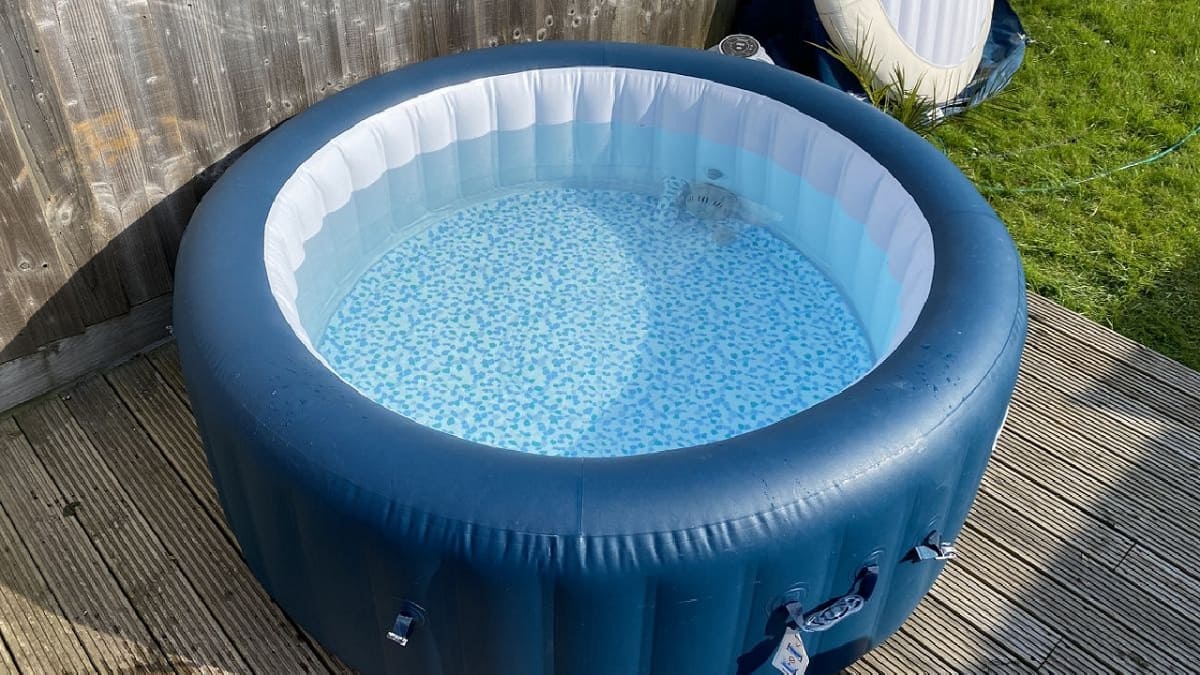
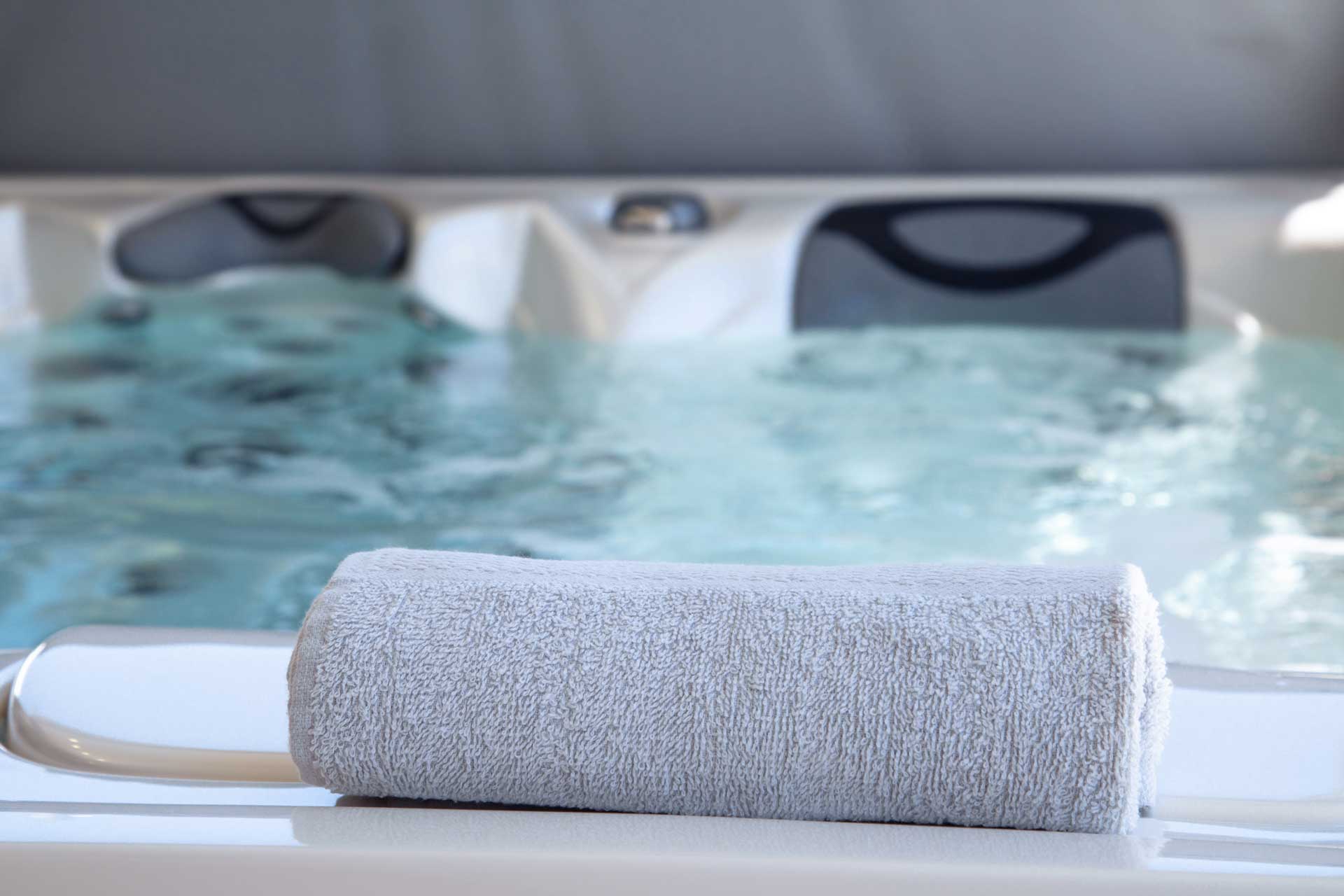
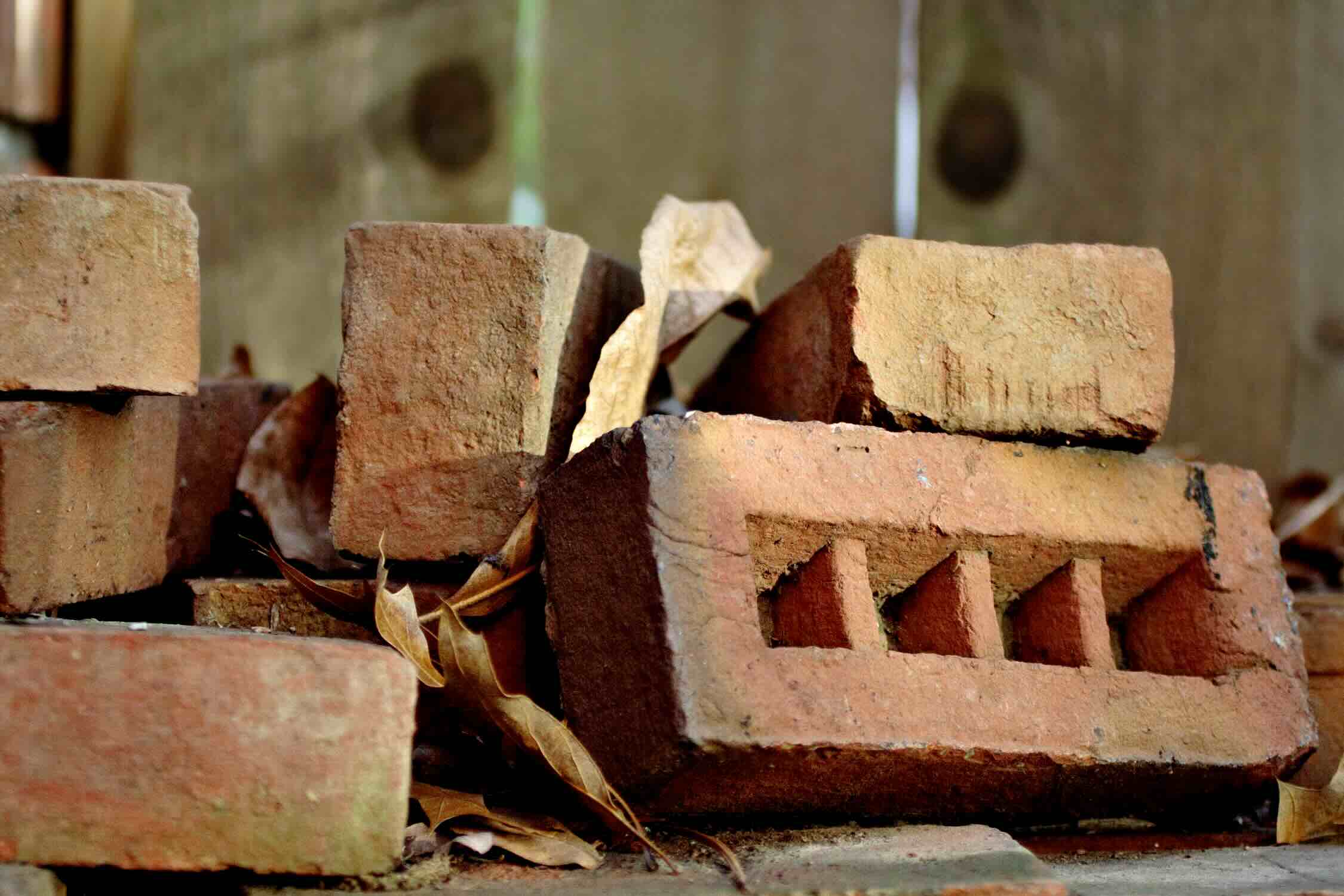

0 thoughts on “How Long To Heat Up A Brick Oven”